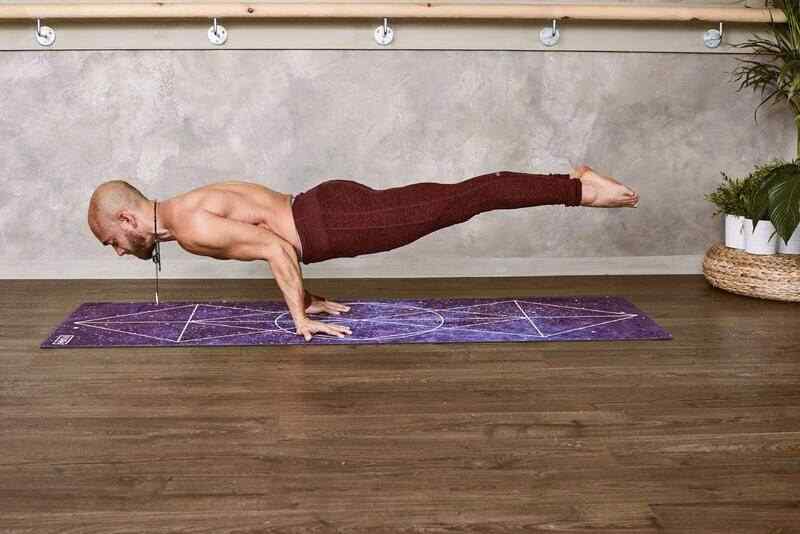Our feet, the unsung heroes of daily mobility, deserve more than just appreciation—they deserve intentional care and strengthening. In this guide, we won’t just explore the intricacies of foot anatomy and function; we’ll also equip you with practical insights on incorporating foot-specific exercises into your routine and choosing the right equipment for a resilient foundation.
Getting Friendly with Your Feet’s Blueprint
Picture this: your feet are a powerhouse of bones, joints, muscles, and tendons, all working together like a well-choreographed dance. From your toes doing a jig to your heel playing the strong, silent type, each part has a role. So, let’s dive into the real deal—how to make them even more awesome.
- Forefoot Fun: Do a little toe-tapping. Seriously, just sit down and tap those toes for a couple of minutes. It’s like a mini party for your feet and boosts flexibility.
- Midfoot Mojo: Roll a tennis ball under your foot. Press down a bit and roll from heel to toe. It’s like giving your midfoot a well-deserved massage and helps with stability.
- Heel Heroics: Try some heel raises. Stand up, lift those heels, hold for a beat, and then gently lower them. It’s a killer move for the calves and Achilles.
Let’s Get Moving: Super Practical Exercises
Enough with the theory, let’s do this:
- Toe-Tapping Drill: Sit comfy, tap those toes for 1-2 minutes. It boosts circulation and keeps things flexible.
- Towel Scrunches: Toss a towel on the floor, scrunch it towards you with your toes. It’s like a mini workout for your arch.
- Calf Raises: Stand up, go tiptoe, hold, and then back down. Repeat for 3 sets of 15. Your calves will thank you.

Gear Up with the Right Stuff
Time to bring in the reinforcements—gear that’ll make your feet unstoppable:
- Resistance Bands: Wrap them around your toes and flex against the resistance. It’s like a mini gym for your feet.
- Exercise Ball: Great for balance and stability. Try standing on one foot while rolling the ball. It’s a challenge, but your feet are up for it.
- Balance Board: This guy’s a game-changer for stability. Stand on it while doing basic moves to work your entire foot.
The Real Deal on Your Feet’s VIP Squad
Picture your feet as the ultimate VIP squad—bones, joints, muscles, and tendons throwing the best party. We’re not here to bore you with science lectures, but let’s break it down like we’re chatting over a cup of coffee.
- Toe Bash: Kick back, relax, and tap those toes like they’re on a dance floor. A mini toe party to amp up flexibility.
- Midfoot Magic: Roll a tennis ball under your foot – it’s like giving your midfoot a spa day. Press, roll, and let the good vibes flow.
- Heel Hustle: Time for some heel raises – stand up, go tiptoe, hold, and back down. Your calves and Achilles are about to become rockstars.
By doing these exercises and throwing in the right gear, you’re not just pampering your feet—you’re giving them a power-up. Say hello to better balance, stability, and an all-around upgrade for your daily adventures. This guide is your no-nonsense buddy on the journey to feet that can take on anything. So, let’s get those feet flexing and tapping, and make every step count!




